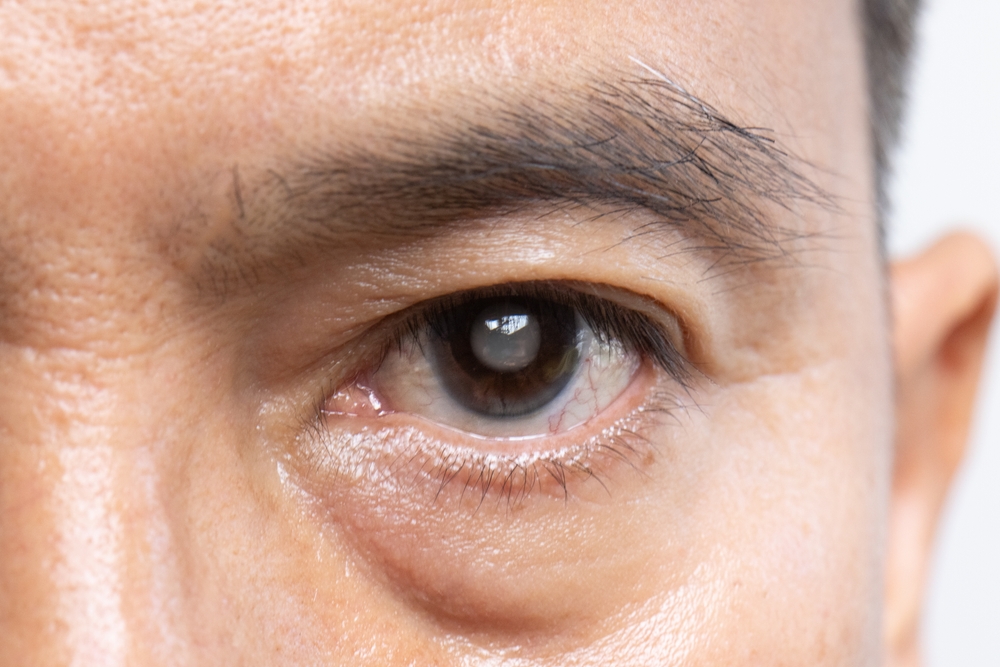
Cataracts are one of the most common age-related eye conditions, affecting millions of people worldwide. They occur when the natural lens of the eye becomes cloudy, leading to blurred vision, glare, and difficulty seeing at night. While cataracts often develop gradually, understanding their causes and how you can reduce your risk is key to preserving your long-term eye health.
Cataracts typically form as a result of changes to the proteins within the eye's lens. These changes cause the lens to become cloudy, interfering with the passage of light and resulting in blurry or hazy vision. While aging is the most common cause, several other factors can contribute:
Age: Cataracts become more prevalent after age 60, though they can develop earlier.
Genetics: A family history of cataracts can increase your risk.
Medical conditions: Diabetes and other metabolic disorders can accelerate cataract development.
UV exposure: Prolonged exposure to sunlight without protection can damage the lens over time.
Eye injuries: Trauma to the eye can lead to cataracts, sometimes years after the injury.
Lifestyle factors: Smoking and excessive alcohol consumption can increase the likelihood of cataracts.
Medications: Long-term use of corticosteroids and certain other medications can contribute to cataract formation.
While cataracts can’t always be avoided, there are steps you can take to help lower your risk:
Wear UV-protective eyewear: Sunglasses that block 100% of UV rays can protect your lenses from harmful sun exposure.
Eat a nutrient-rich diet: Foods high in antioxidants, such as leafy greens, citrus fruits, and colorful vegetables, can help maintain healthy eyes.
Avoid smoking and limit alcohol: Both habits can increase oxidative stress, a factor in cataract development.
Manage chronic health conditions: Keeping conditions like diabetes under control can reduce your risk.
Schedule regular eye exams: Early detection is crucial. Comprehensive exams allow your optometrist to monitor changes in your eyes and recommend the best treatment plan if cataracts begin to form.
Because cataracts develop slowly, you may not notice symptoms right away. Regular eye exams allow your optometrist to detect cataracts in their early stages before they begin to significantly impact your vision. At Nash Eye Care, we use advanced diagnostic tools to monitor changes in your lenses and ensure that any eye condition is identified promptly.
If cataracts are detected, we can discuss treatment options with you and refer you for surgery when necessary. In the meantime, updated prescriptions for glasses or contact lenses can often help you maintain clearer vision.
Cataracts are a common eye condition, but they don’t have to disrupt your life. By understanding the risk factors and making healthy choices, you can help protect your vision for years to come. Early detection through routine eye exams plays a vital role in preserving your eye health and catching problems before they progress.
Contact Nash Eye Care to schedule a comprehensive eye exam and ensure your eyes are healthy, your vision is clear, and any developing conditions like cataracts are caught early. Visit our office in Nash, Texas, or call (903) 741-7720 to book an appointment today.